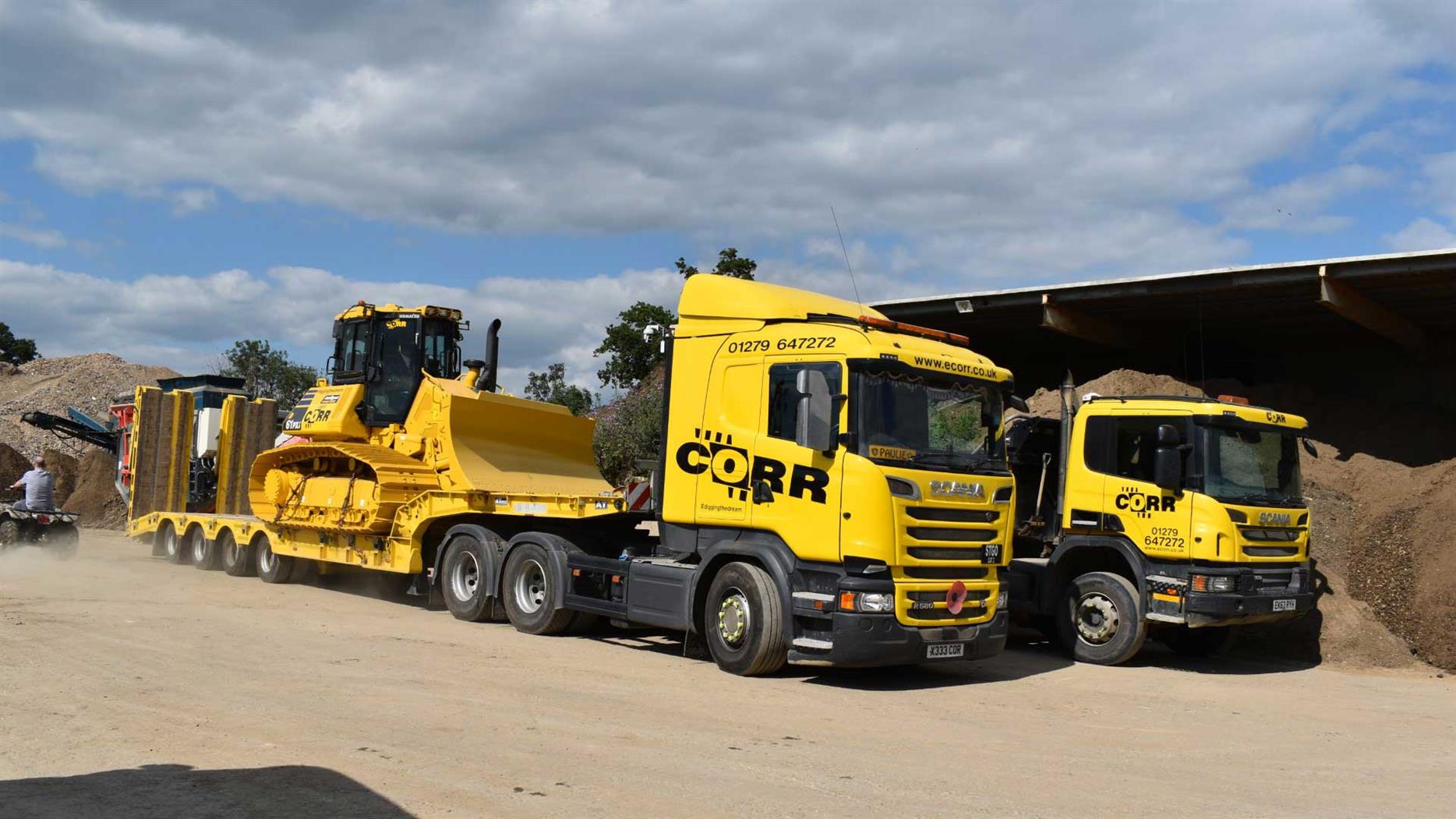Sustainability in the Construction Industry: Building a Greener Future

In recent years, sustainability has become a key focus across industries worldwide, and the construction industry is no exception. As the demand for environmentally friendly practices and energy-efficient buildings continues to grow, sustainable construction has emerged as a crucial concept. This article delves into the various aspects of sustainable construction, including its definition, measurement, advantages, opportunities, principles, challenges, and relevant accreditations.
What is Sustainable Construction?
Sustainable construction, also known as green construction or eco-building, refers to the practice of designing, constructing, operating, and maintaining buildings in an environmentally responsible manner throughout their lifecycle. It encompasses a holistic approach that aims to minimise the negative impact of construction activities on the environment while promoting long-term social and economic benefits.
Sustainable construction focuses on reducing resource consumption, using eco-friendly materials, adopting energy-efficient techniques, and ensuring the well-being of occupants. It emphasises a shift towards sustainable development by considering environmental, social, and economic factors simultaneously.
Measuring Sustainable Construction:
Measuring sustainability in the construction industry involves assessing several key indicators. These indicators may include energy consumption, water usage, waste generation, greenhouse gas emissions, and the overall environmental impact of a building. Professionals use various assessment tools and rating systems, such as LEED (Leadership in Energy and Environmental Design), BREEAM (Building Research Establishment Environmental Assessment Method), and Green Star, to evaluate and certify the sustainability of construction projects.
Advantages of Sustainable Construction:
- Environmental Benefits: Sustainable construction significantly reduces the environmental footprint of buildings. It promotes energy efficiency, uses renewable energy sources, minimises waste generation, and conserves water resources. By incorporating sustainable practices, buildings can help combat climate change, preserve natural resources, and protect biodiversity.
- Economic Benefits: While sustainable construction may involve higher upfront costs, it offers substantial long-term economic benefits. Energy-efficient buildings reduce operational costs through reduced energy consumption and lower utility bills. Additionally, sustainable buildings tend to have higher resale value and attract eco-conscious tenants or buyers.
- Social Benefits: Sustainable construction enhances the quality of life for building occupants and nearby communities. By incorporating features like proper ventilation, natural lighting, and low-toxicity materials, sustainable buildings provide healthier and more comfortable living and working environments. They also contribute to community development by promoting local job creation and supporting the local economy.
Opportunities Created by Sustainable Construction:
- Green Jobs: The shift towards sustainable construction has created a demand for skilled professionals in various disciplines, such as architects, engineers, project managers, and contractors specialising in green building practices. This trend has led to the emergence of new job opportunities and the growth of the green job market.
- Innovation and Technological Advancements: Sustainable construction encourages the development and adoption of innovative technologies, materials, and construction methods. This fosters a culture of continuous improvement and drives advancements in the industry. For example, the use of Building Information Modeling (BIM) and smart technologies enables efficient project management and enhances the sustainability of buildings.
Principles of Sustainable Construction:
- Energy Efficiency: Sustainable construction prioritises energy-efficient design and operation to reduce the consumption of non-renewable resources. This includes utilising insulation, optimising HVAC systems, employing energy-efficient appliances, and incorporating renewable energy sources like solar panels.
- Material Selection: Sustainable construction emphasises the use of environmentally friendly and locally sourced materials. It encourages the use of recycled or recyclable materials, minimises waste generation during construction, and promotes responsible sourcing practices.
- Water Conservation: Sustainable construction integrates water-efficient systems, such as low-flow fixtures, rainwater harvesting, and greywater recycling. These practices reduce water consumption, minimise strain on local water resources, and mitigate the environmental impact of construction activities.
Challenges of Sustainable Construction:
- Cost Implications: One of the main challenges in sustainable construction is the perception of higher upfront costs. Implementing sustainable design features and technologies may require additional investments compared to conventional construction practices. However, it’s important to consider the long-term savings and benefits that sustainable buildings offer, such as reduced operational costs and improved occupant satisfaction.
- Limited Awareness and Education: Another challenge is the lack of awareness and understanding about sustainable construction practices among industry professionals, clients, and the general public. This can hinder the widespread adoption of sustainable principles and technologies. Increasing education and promoting awareness about the benefits and feasibility of sustainable construction are essential to overcoming this challenge.
- Integration and Collaboration: Sustainable construction involves multiple stakeholders, including architects, engineers, contractors, suppliers, and clients. Collaboration and effective communication among these parties are crucial for successful implementation. Integrating sustainability from the initial design stages and ensuring seamless coordination throughout the construction process can be challenging but is essential for achieving sustainable outcomes.
Accreditations and Certification:
Accreditations and certifications play a vital role in promoting and recognising sustainable construction practices. They provide a standardised framework for assessing and validating the sustainability performance of buildings. Here are a few notable accreditations in the field of sustainable construction:
- LEED (Leadership in Energy and Environmental Design): LEED is an internationally recognised green building certification system developed by the U.S. Green Building Council (USGBC). It evaluates buildings based on their energy efficiency, water conservation, materials selection, indoor environmental quality, and sustainable site development.
- BREEAM (Building Research Establishment Environmental Assessment Method): BREEAM is a widely used sustainability assessment method developed in the United Kingdom. It evaluates the environmental performance of buildings across categories such as energy, water, waste, pollution, and innovation.
- Green Star: Green Star is an Australian rating system for assessing the sustainability of buildings and communities. It evaluates various aspects, including energy and greenhouse gas emissions, water usage, indoor environment quality, materials selection, and innovation.
FAQ:
Q1: What is the definition of sustainable construction?
A1: Sustainable construction refers to the practice of designing, constructing, operating, and maintaining buildings in an environmentally responsible manner throughout their lifecycle. It aims to minimise negative environmental impact, promote energy efficiency, and ensure long-term social and economic benefits.
Q2: How is sustainable construction measured?
A2: Sustainable construction is measured using various indicators, such as energy consumption, water usage, waste generation, greenhouse gas emissions, and overall environmental impact. Assessment tools and rating systems like LEED, BREEAM, and Green Star are commonly used to evaluate and certify the sustainability of construction projects.
Q3: What are the advantages of sustainable construction?
A3: Sustainable construction offers several advantages. It reduces environmental impact, lowers operational costs through energy efficiency, enhances occupant well-being, promotes local job creation, and contributes to community development. Sustainable buildings also have higher resale value and attract eco-conscious tenants or buyers.
Sustainable construction is a vital approach for creating a greener and more environmentally friendly future in the construction industry. By adopting sustainable practices, we can minimise resource consumption, reduce environmental impact, and create buildings that prioritise energy efficiency and occupant well-being. Overcoming the challenges and embracing the principles of sustainable construction will pave the way for a more sustainable and resilient built environment.





